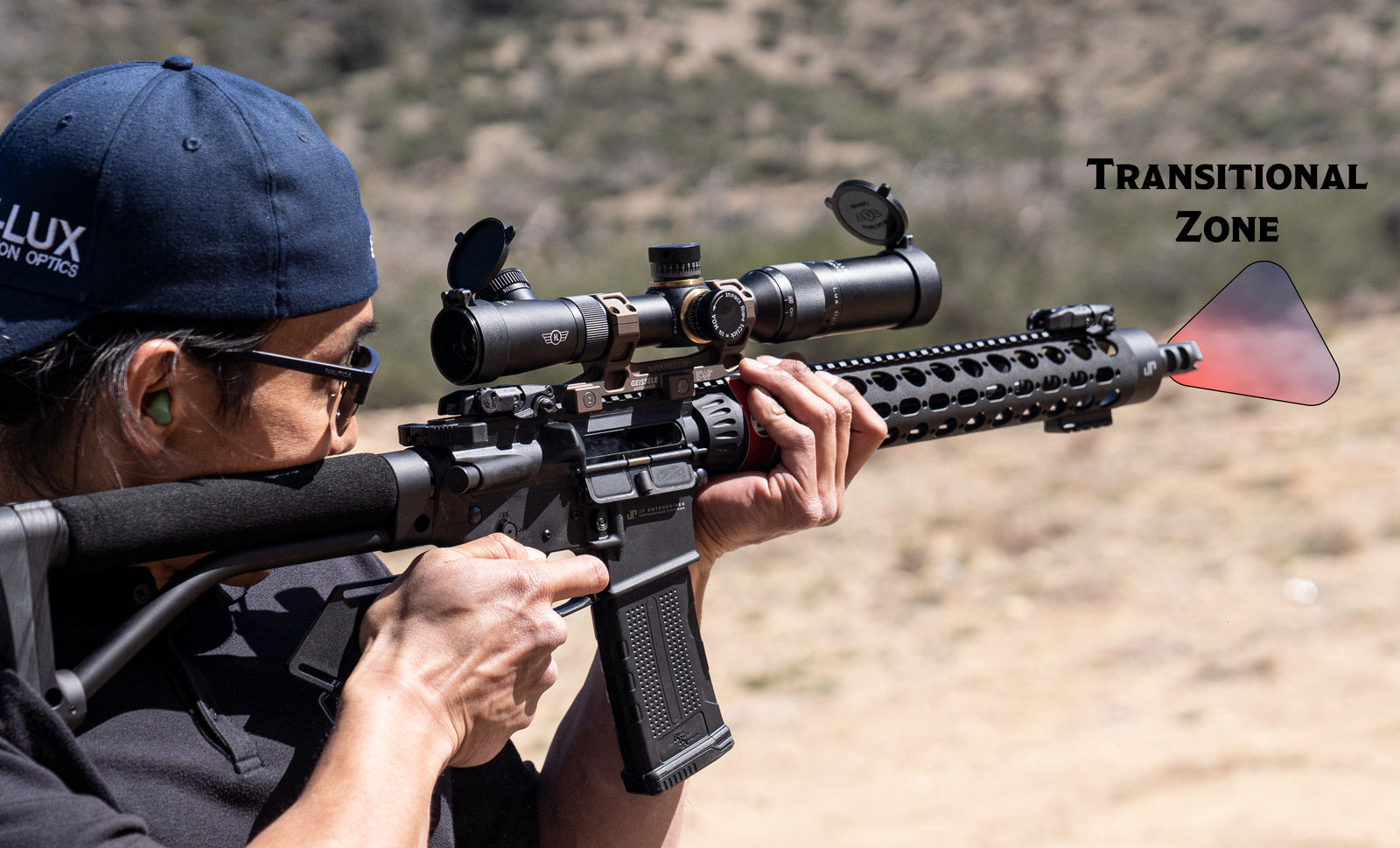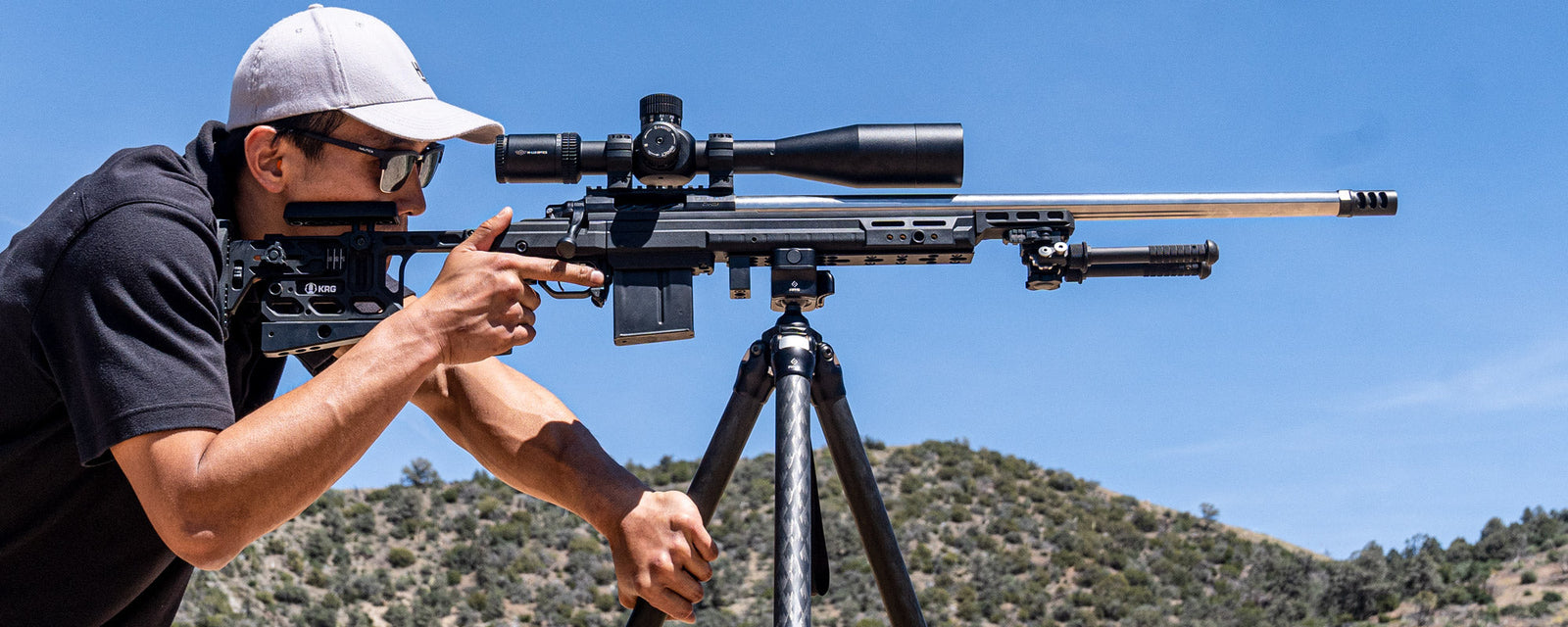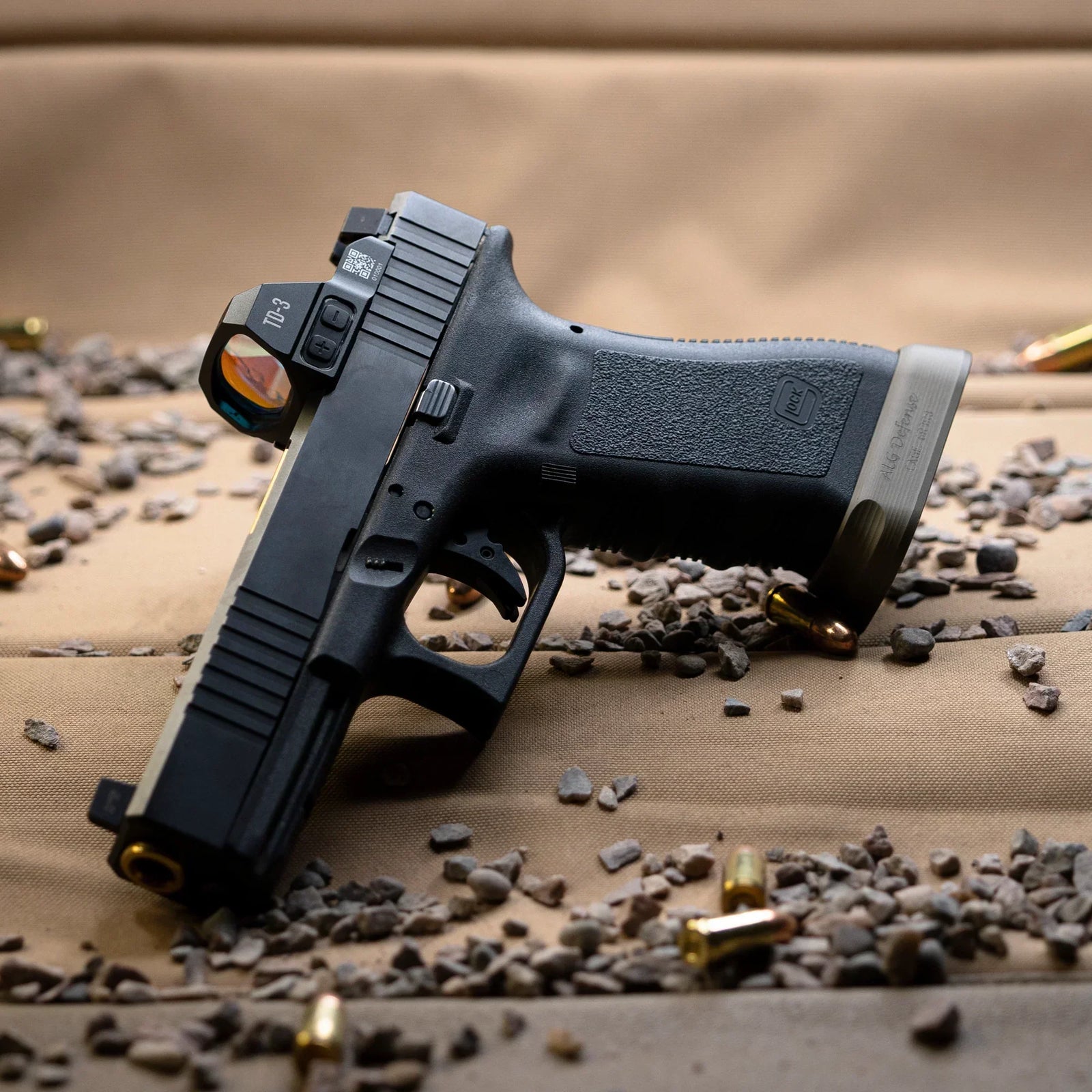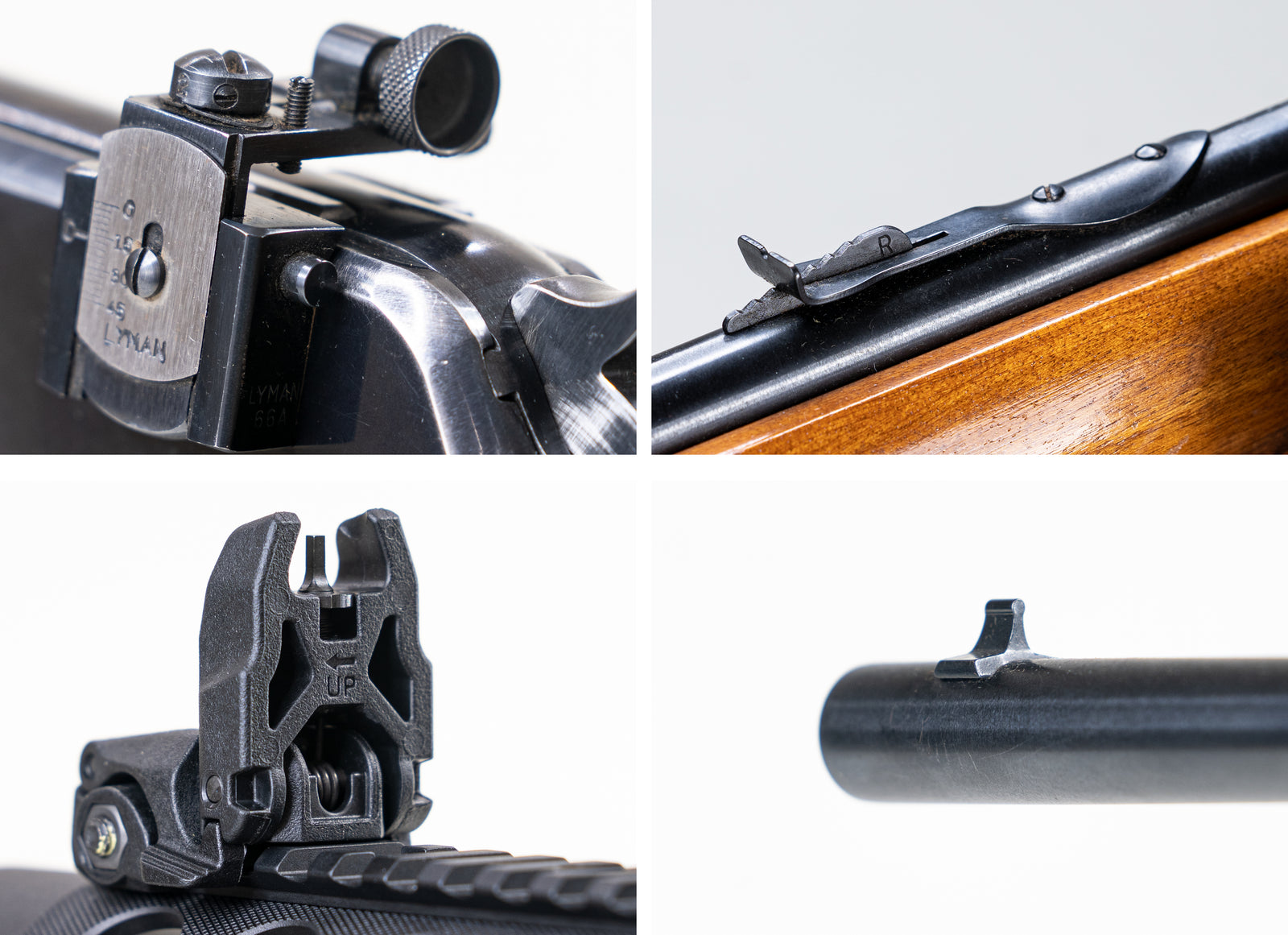The region of transitional ballistics is very temporary. Transitional ballistics apply in the moment when the bullet leaves the muzzle, as the expanding gasses rush out around it. It ends when the surrounding gasses have reduced in pressure to meet that of the normal atmosphere. This is the last moment in which the rifle and propellant have any effect on the bullet.
The onrushing gas still provides a tiny bit of force to the bullet from behind. Largely, this force spreads out to the sides. This region of effect is only a handful of inches in length, so a bullet traveling at 3000 fps will spend .0002 seconds in this region at most.
The most important factor in transitional ballistics is the crown of the barrel. As long as the edge of the bore meets the crown at a perfectly even right angle, it will have no effect on the later flight of the bullet. The gas will be able to escape around the bullet in a completely even way. Crowns can be recessed to protect the edge of the bore - this is highly encouraged, but not strictly necessary.
On the other hand, a bore that meets the crown unevenly will allow gas to escape unevenly. This gas is still at hundreds of atmospheres of pressure as it meets the open air. This can deflect the bullet slightly towards the place where gas escapes early.

A muzzle device may also affect the transitional ballistics in the same way as the crown. The holes and ports throughout the muzzle device need to be cut evenly to ensure an even dispersion of gas pressure. Muzzle brakes, compensators, and flash hiders will not alter the muzzle velocity of the bullet. However, a ported barrel, in which holes have been cut into the barrel to act as a muzzle device, will cause lower velocity. The gas would be allowed to escape before reaching the full length of the barrel.
Considering that the time here is so short (especially compared to the time spent in the 'external ballistics' zone), transitional ballistics largely have no effect on the bullet. That is, of course, unless something goes wrong. To say it another way - the transitional zone is only truly important if something goes wrong. If everything is operating as it should, then this zone of effect is a mere curiosity and the last step before the bullet is entirely under the effect of external factors.





Leave a comment (all fields required)